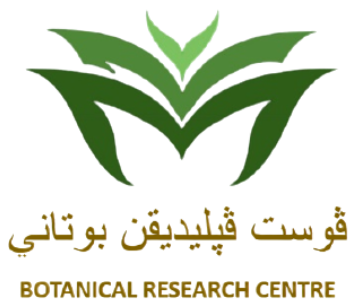Curcuma caesia Roxb.
Black Zedorary / Kunyit hitam (Bru.)
Perennial herb that can reach up to 1 m tall. Leaves are simple, alternately arranged, glabrous, usually in clumps of 10-20 per shoot. Midrib is deep purple. Leaf blade is broad oblong-lanceolate, acute at apex, cuneate or rounded at base with wavy margin. Pseudostems are erect. Inflorescence a long dense terminal spike. Flowers are pale yellow with red margin and tubular. Rhizomes are tuberous, bluish-black, laterally flattened and have sweet smell when
It is locally used as herbal bath to relieve hypertension, after childbirth, headaches, digestive disorder and diabetes. The young inflorescence and the fruits are used as food flavourings. The juices of young fruits are used as ear dropper to treat ear-ache. The flowers are made into herbal bath for after childbirth treatment. Decoction of rhizome is externally applied on to wounded area. Preclinical data shows that it exhibits antioxidant, antibacterial,
It grows in sandy beaches and swamp forests. It prefers moist, fertile loamy soil under sunlight and partial shade.
Seeds and clump division.
Native to Australia, Southeast Asia and Africa.
None







